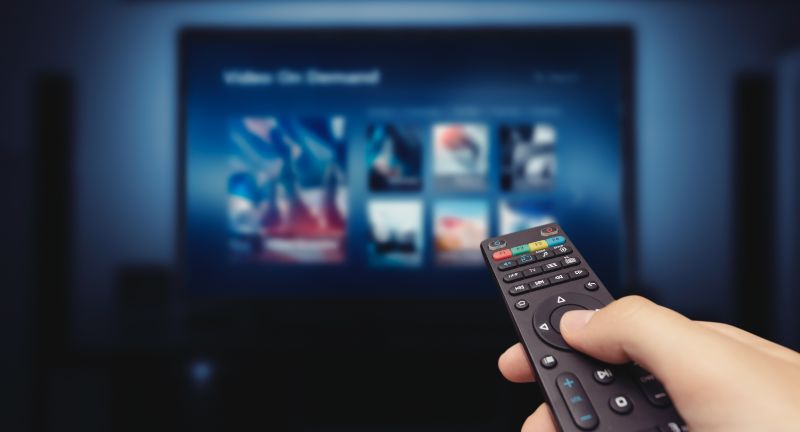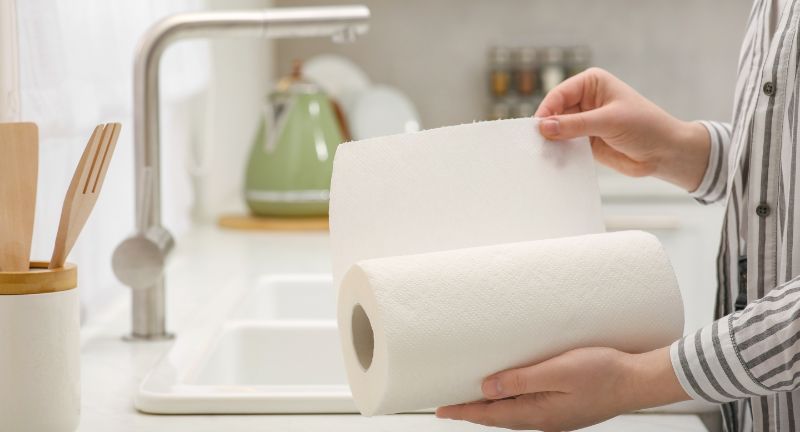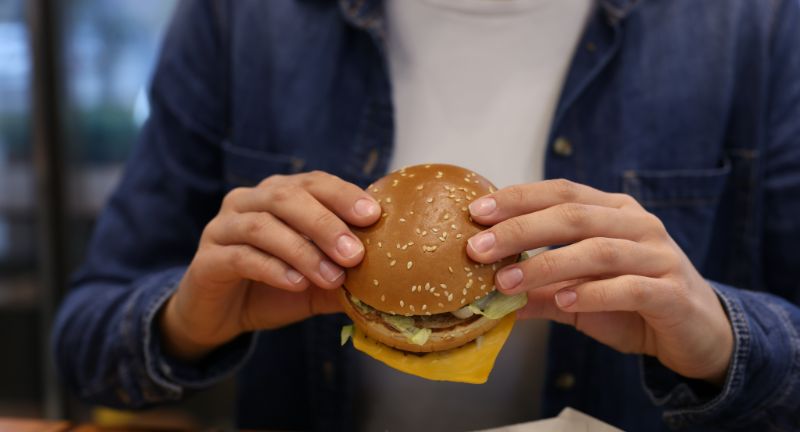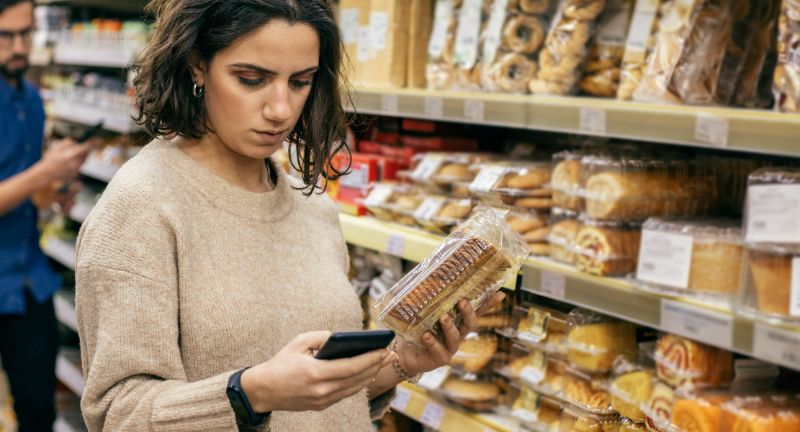LIFE
7 Once Affordable Things That Are No Longer Worth It
Published
12 months agoon

Shutterstock
Following the recent wave of inflation in the U.S. economy, Americans continue to face the challenge of increased prices for everyday items. The cost of groceries and daily essentials has risen significantly, exerting pressure on family budgets. In response to this financial strain, numerous individuals are revising their spending patterns, opting for more affordable options and reducing unnecessary spending.
A growing number of consumers are starting to question the value of these 30 once reliable staples in their daily lives.
Subscription Services

Shutterstock
The market for subscription services, from streaming platforms to software, has exploded, leading to subscription fatigue among consumers who find themselves paying for multiple services they underuse. The cumulative cost of maintaining several subscriptions can rival or exceed traditional one-time purchases or alternative entertainment and software options, prompting a reevaluation of which services are truly essential. As a result, many are pruning their subscriptions to save money, focusing on those that offer the best value and utility for their needs.
Candy

Shutterstock
Candy, a sweet treat once easily justified as a small indulgence, has seen prices rise to the point where it’s often bypassed for more essential grocery items. The cost increase has turned candy from an everyday delight into a considered purchase, especially for families looking to stretch their budgets further. This shift in consumer behavior reflects a broader reassessment of spending priorities, with high priced candy falling out of favor as a regular snack option.
Haircuts

Shutterstock
The once simple and affordable task of getting a haircut has now escalated into a luxury expense, making people question its value compared to growing out their hair or attempting at home cuts. The rising costs have not only deterred frequent salon visits but also sparked a trend towards more natural, low-maintenance hairstyles that require less professional upkeep. As a result, the high price of haircuts has led consumers to explore alternative grooming methods, emphasizing affordability over professional styling.
Food Delivery

Shutterstock
The convenience of food delivery comes at a premium, with service fees, delivery charges, and tips significantly inflating the cost of meals. As these expenses add up, the appeal of using these services diminishes, especially when compared to the cost of cooking at home or picking up food directly from restaurants. This realization is driving a reconsideration of food delivery services, with many opting for more budget-friendly ways to enjoy restaurant quality meals.
Rideshare

Shutterstock
Rideshare services, once hailed for their convenience and affordability compared to traditional taxis, have seen their prices surge, leading many to reevaluate their necessity for short distances. The increase in cost has particularly affected urban dwellers who previously relied on these apps for daily commutes, prompting a resurgence in the use of public transportation and bicycles. As rideshare prices continue to climb, the service is increasingly viewed as an expensive luxury rather than an everyday convenience.
Single-Use Cleaning Products

Shutterstock
The convenience of single-use cleaning products is overshadowed by their escalating costs and environmental impact, making them a less appealing choice for budget conscious and eco aware consumers. With the rise in prices, many are turning to bulk or homemade cleaning solutions that offer a more cost-effective and sustainable approach to household chores. The shift away from single-use products is driven by a growing recognition of their long term financial and environmental costs.
Fast Food

Shutterstock
Historically known for its affordability and convenience, fast food has seen prices creep up to the point where it no longer represents the value it once did. The incremental price increases for meals that were once budget-friendly options are prompting consumers to question the cost versus quality and health benefits. As a result, there’s a growing preference for preparing quick, simple meals at home, which can be more economical and nutritious.
Conclusion

Shutterstock
As the cost of numerous items climbs to unprecedented levels, consumers are increasingly finding that many products and services no longer justify their steep prices. This reassessment is driving a significant change in purchasing habits, with a focus on prioritizing essentials and seeking out more cost-effective alternatives. In response to this economic reality, there’s a growing trend towards more mindful spending, emphasizing the importance of value and necessity over luxury or brand loyalty.
Related Topics:

More Money + Investing
-


Most Reliable Cars On The Road According to Experts
-


Social Security Adjustments Coming In 2024 – Here’s What You…
-


5 Things That Are No Longer Worth Buying
-


24 of the Fastest Ways to Build Passive Income
-


25 Indicators That Your Old Watch is Actually Really Valuable
-


5 U.S. Cities Most Threatened By Climate Change
-


20 Easy Ways to Simplify and Organize Your Financial Life
-


Low Stress Jobs That Pay Over $70,000
-


25 Ways to Simplify and Save During a No Spend…
-


20 Indulgent Purchases That Trap the Middle Class
-


20 Things You Should Never Leave in a Will
-


25 Tips For Living Well on Social Security